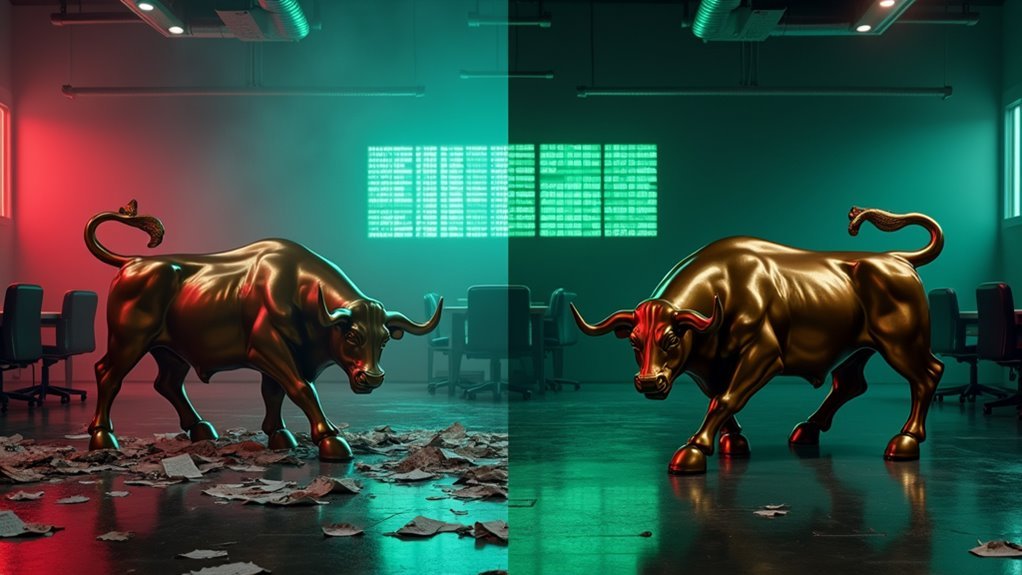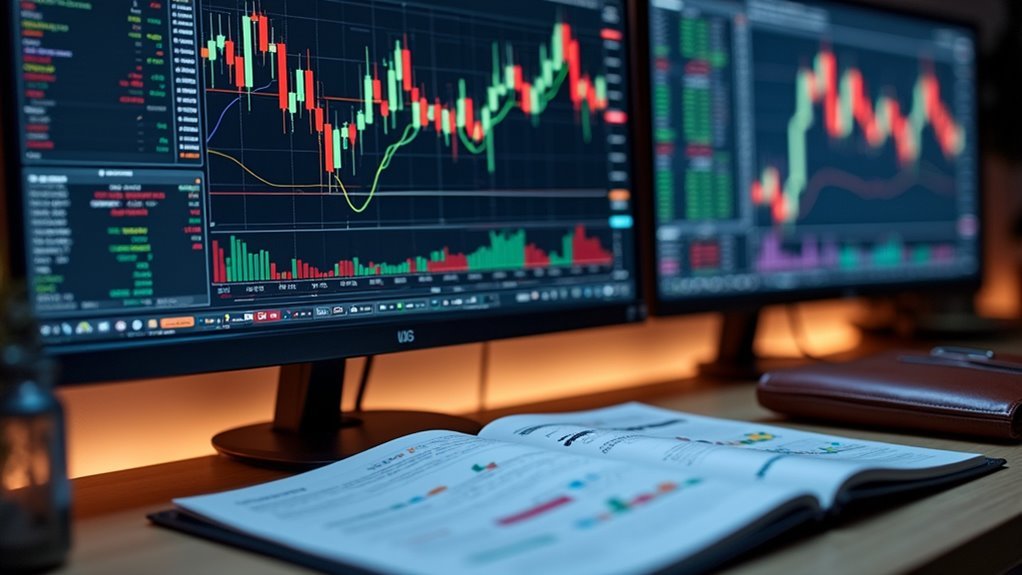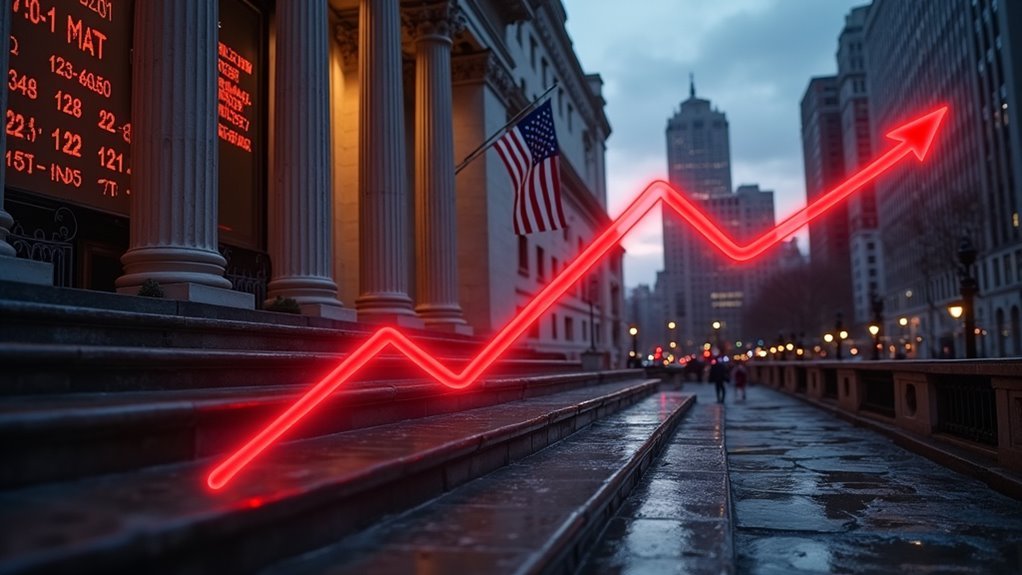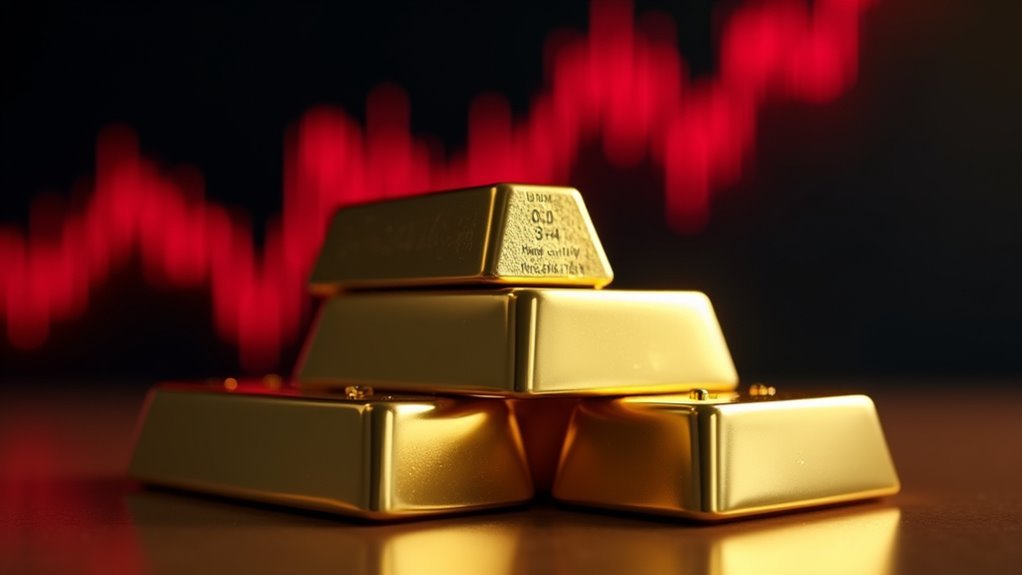Stock market crashes strike like financial earthquakes, sending shockwaves through the global economy. These gut-wrenching plunges – defined by drops of 20% or more in broad market indexes – have been terrorizing investors since the dawn of modern markets. And yet, here we are, still standing.
History tells quite a story. The Wall Street Crash of 1929 wiped out 89% of market value over three years. Ouch. Black Monday 1987 saw the market nosedive 22.6% in a single day – imagine checking your portfolio after that bloodbath. The dot-com bubble? Tech stocks plummeted 78%. The 2008 financial crisis erased 57% of the S&P 500’s value. Most recently, COVID-19 knocked the market down 34% in just 33 days. Fun times.
These crashes typically follow a familiar script: economic trouble, burst bubbles, geopolitical chaos, or sudden policy shifts spark panic selling. Investors flee like spooked cattle, trampling their own portfolios in the rush to exit. The media fans the flames. Fear spreads like wildfire. The 1929 crash saw 12.9 million shares traded in a single day of panic selling. The fear gauge VIX spikes dramatically during these periods of market turmoil.
But here’s the kicker – markets recover. Always have. The average bear market lasts 9.6 months with a 36% decline. Recovery to previous peaks takes about three years. Sometimes less, sometimes more. Meanwhile, the long-term trend keeps pointing up, up, up. It’s like watching a horror movie where you already know the ending.
During these market meltdowns, most investors make the same predictable moves. They panic-sell at the worst possible time. They rush into “safe” assets like bonds and gold. They obsessively check their accounts, making themselves miserable. The smart money? They stay diversified, keep some cash on hand, and resist the urge to play market timing hero. The 1980s proved this strategy works when the S&P 500 achieved a remarkable 232% gain despite severe market volatility.
Look, crashes are inevitable. They’re as natural to markets as rain is to weather. The data shows that patient investors who maintain their cool during these financial storms tend to do just fine. Everyone else? Well, they’re probably still trying to figure out when to get back in.




